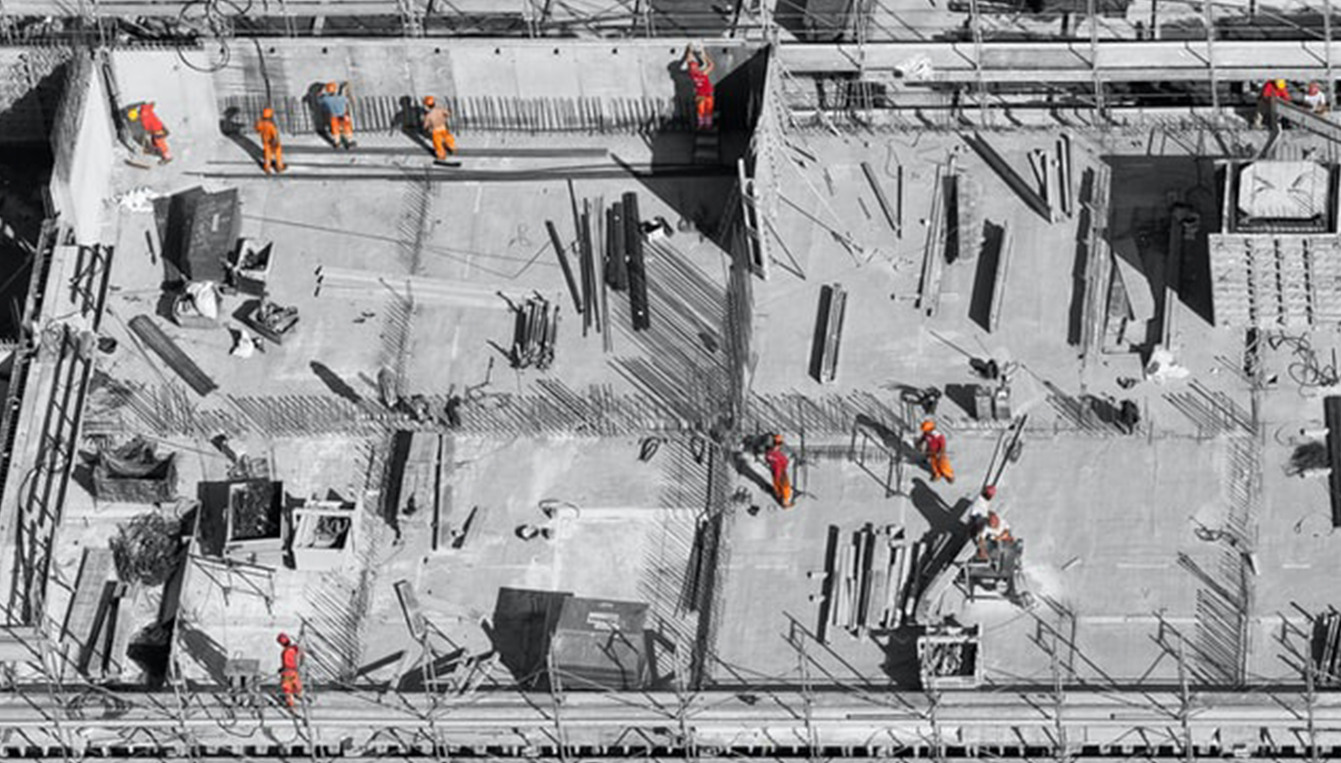 News
News
John Zeman, LEED AP BD+C Joins Acentech to Lead California Office
Acentech is pleased to announce that John Zeman, LEED AP, BD+C has joined the firm to lead its Los Angeles office.

A key element of acoustics for present-day building or infrastructure design is the environmental “noise study”. We, at Acentech and as an industry, make presentations on different types of noise criteria, how to measure and assess sound, and even how to design a project to more easily meet those criteria. However, we hear one particular question frequently from engineers, designers, and project stakeholders: “how do I know when I need a noise study?”
To answer that question, it’s important to address the concept of the “noise study”. What most are referring to is a standalone document, which presents a summary of acoustic goals for the project (which likely correspond to regulatory guidelines), and an analysis showing that the project design will meet those goals. Some are longer, some are shorter, but the concepts of these documents are simple.
Now consider that you are building a table at home. You probably didn’t need a structural engineer to author a report stating that they studied the design, predicted potential loads, and certified its stability. However, hopefully, you thought about that before you nailed it together, or you might find yourself unlucky when you put a stack of books on it.
We can’t see sound waves, and the “failure” of a project with respect to noise is more subtle, but the question of “do I need a noise study” is similar to “do I need a structural study for this table”. The question of formal reporting can have a complicated answer, but I can offer you the following advice: you might not need a “noise study”, but you always should consider the acoustics of a project design. Essentially, we want to make sure our table will stay standing, even if we don’t write a paper about it.
The table example is an oversimplification, but as an industry, we see projects all the time where acoustics was not considered in the design, and stakeholders must rush during the permit stage to account for environmental noise after the project is completely designed. Even more severely, projects can be completely built or installed and have found that they cannot meet environmental compliance guidelines. Therefore, I propose that designers use the following simple tools and probing questions to understand when noise design might be most crucial:
Even if a “noise study” document is not needed, you should be looking for an acoustic consultant that not only can offer a document but can offer collaborative design guidance from concept through final construction drawings to reduce noise and clearly define the acoustic implications of the project. If you’ve hired an acoustic consultant and all you’re getting is a “noise study” report, I would urge you to push for a team that can offer design experience to reduce noise, not just to present a study of what it might sound like in the end.
As cities and towns become more populated and developed, environmental noise has never been more in the public eye. If you go about building your own “table” in the coming months or years, hopefully, you’re asking probing questions about your design, not only: “will my table stand up?”, but “why will it stand up, and why is this design choice going to make the best table for my application?”. My hope as an engineer is that no one is ever surprised by the requirement for a formal noise study, but rather has thought early and often about the future sound of their project in the world.